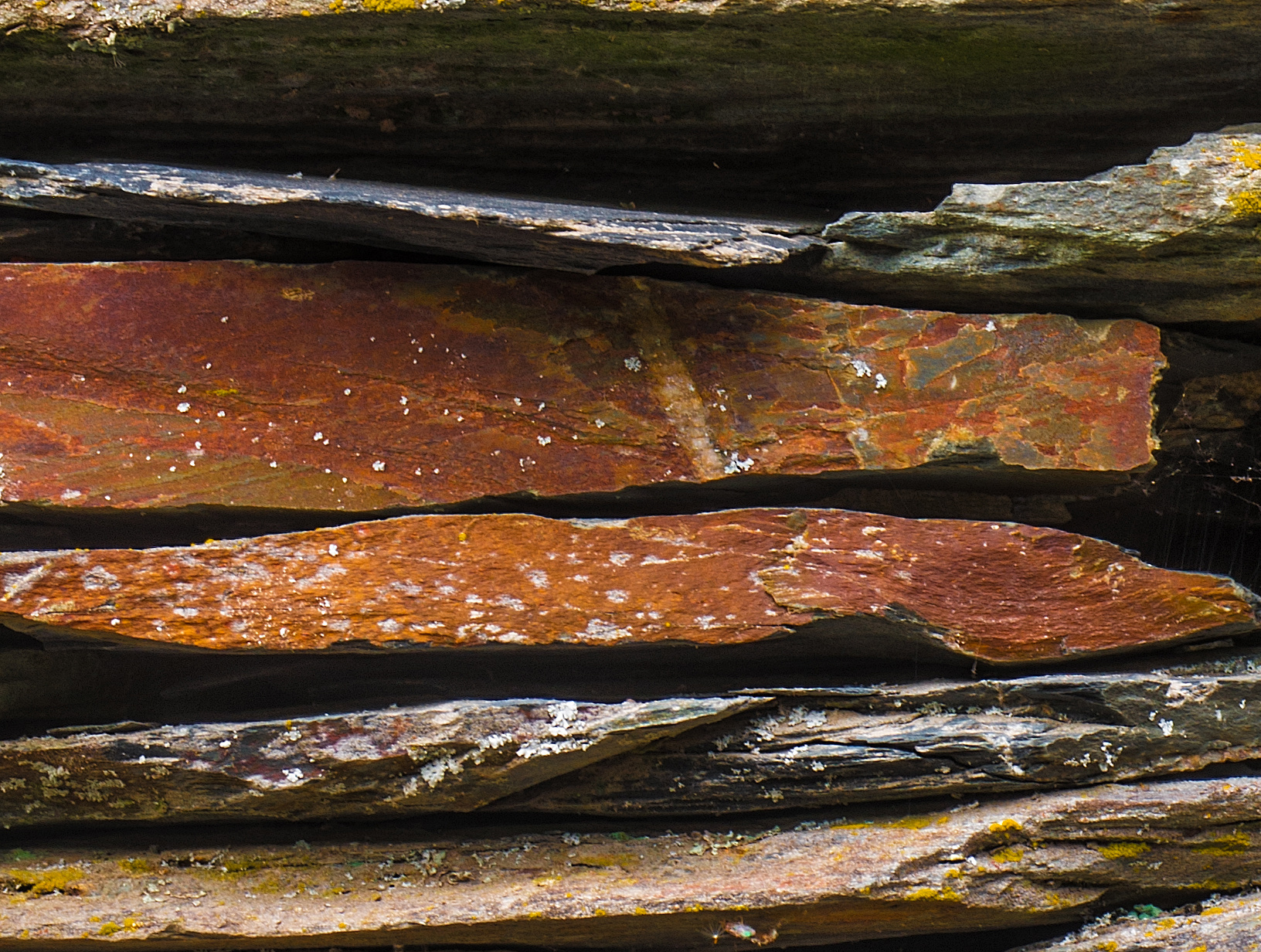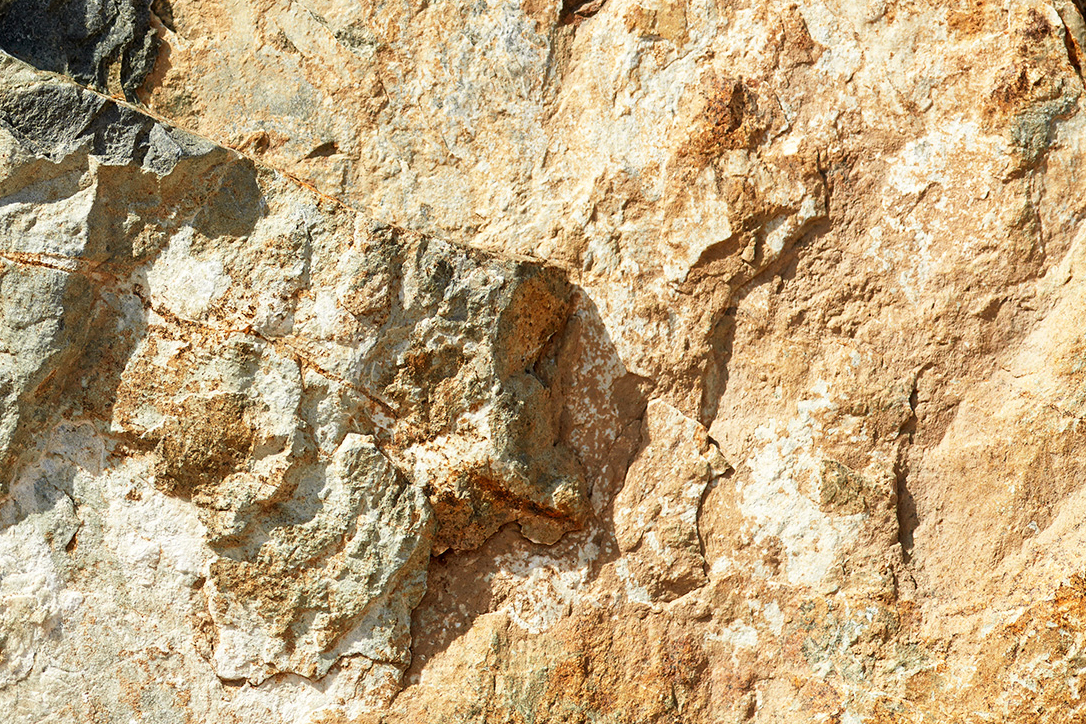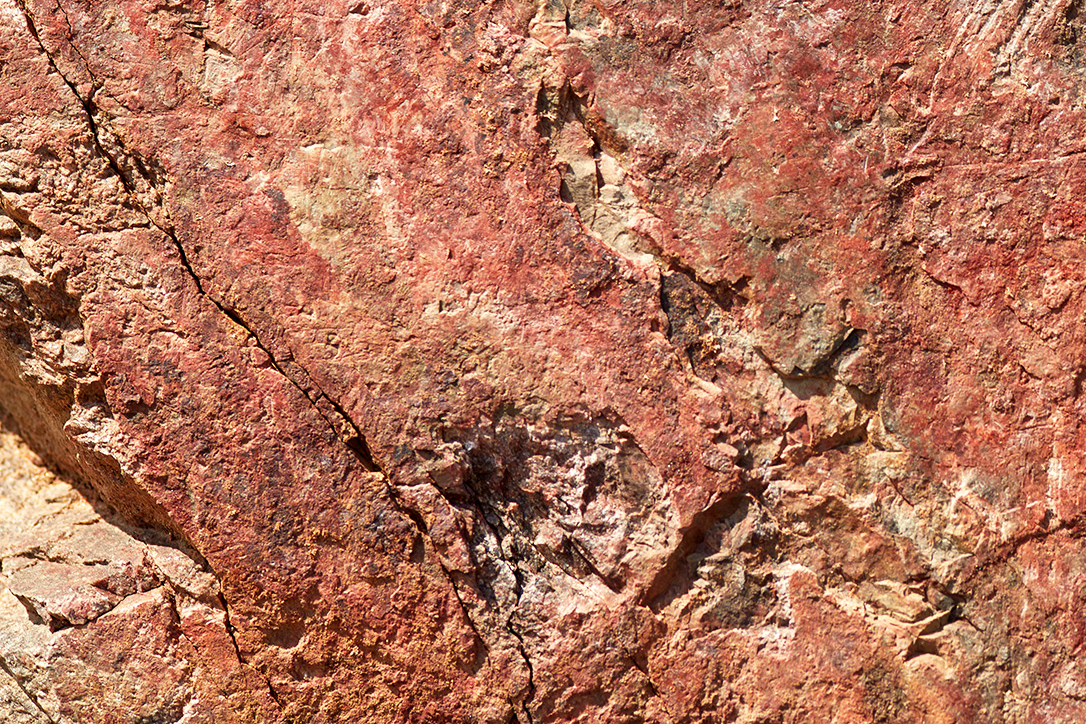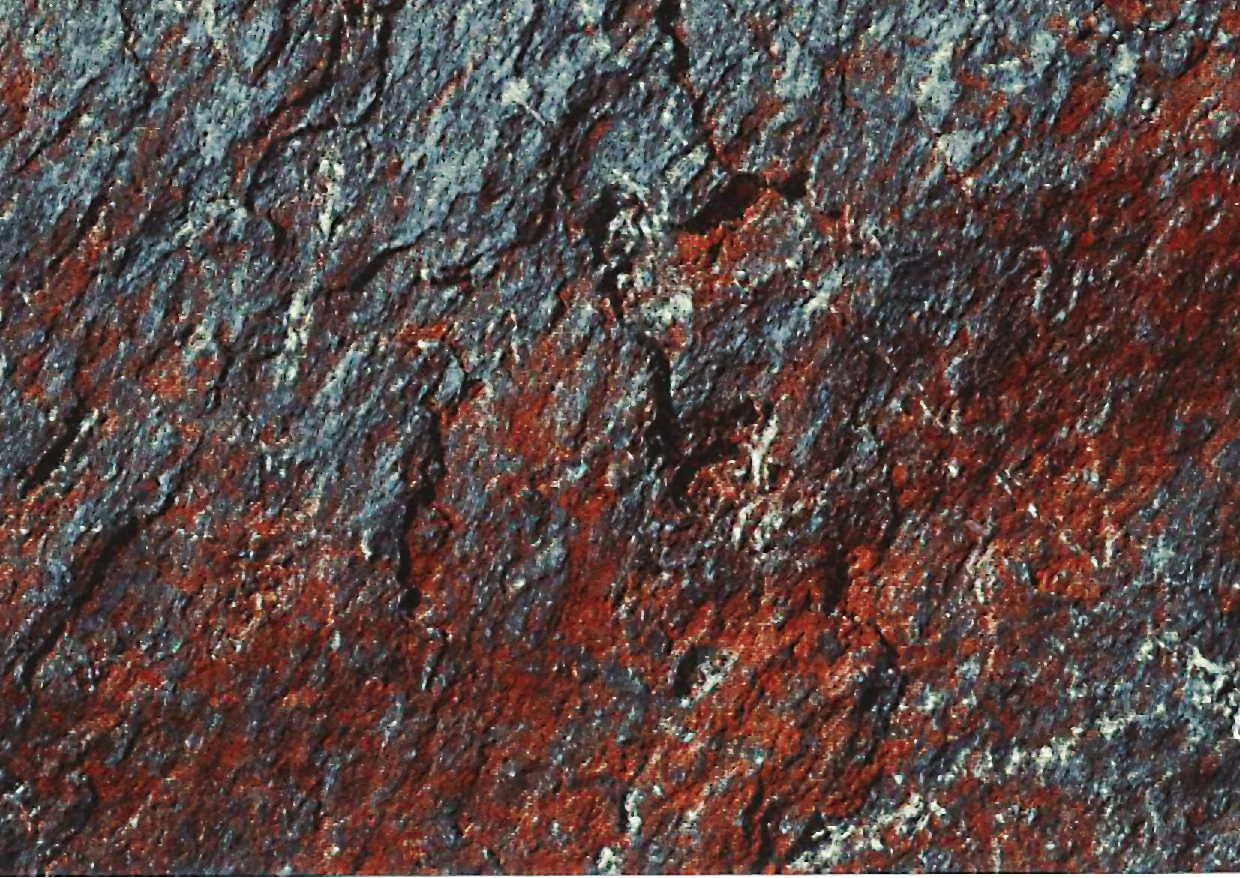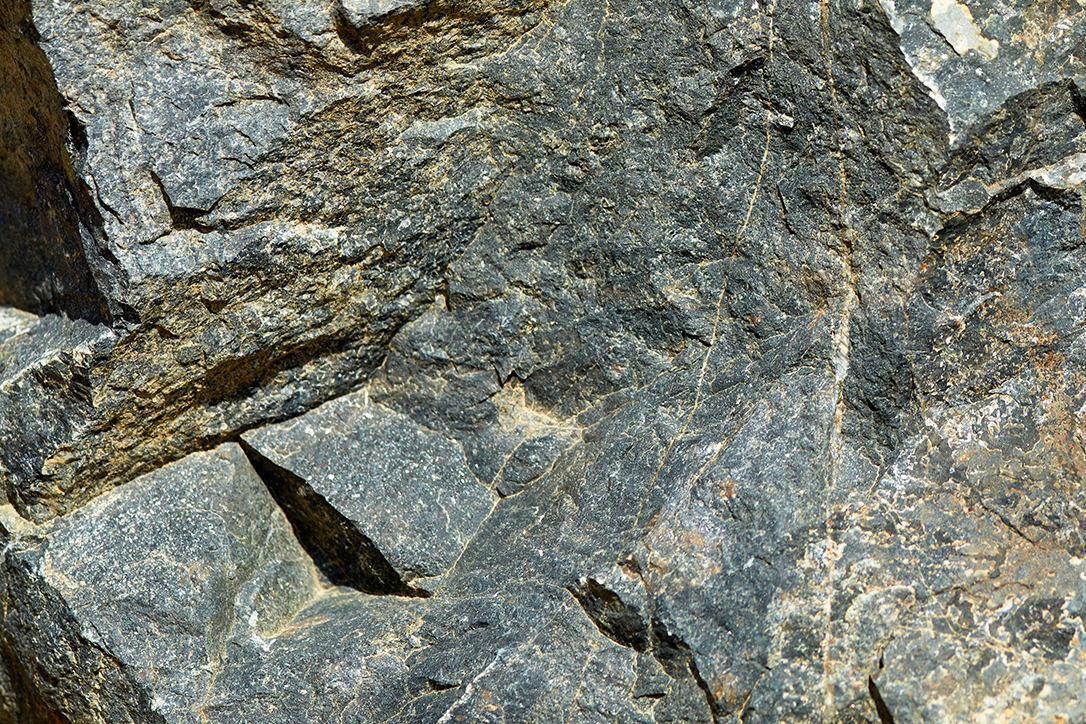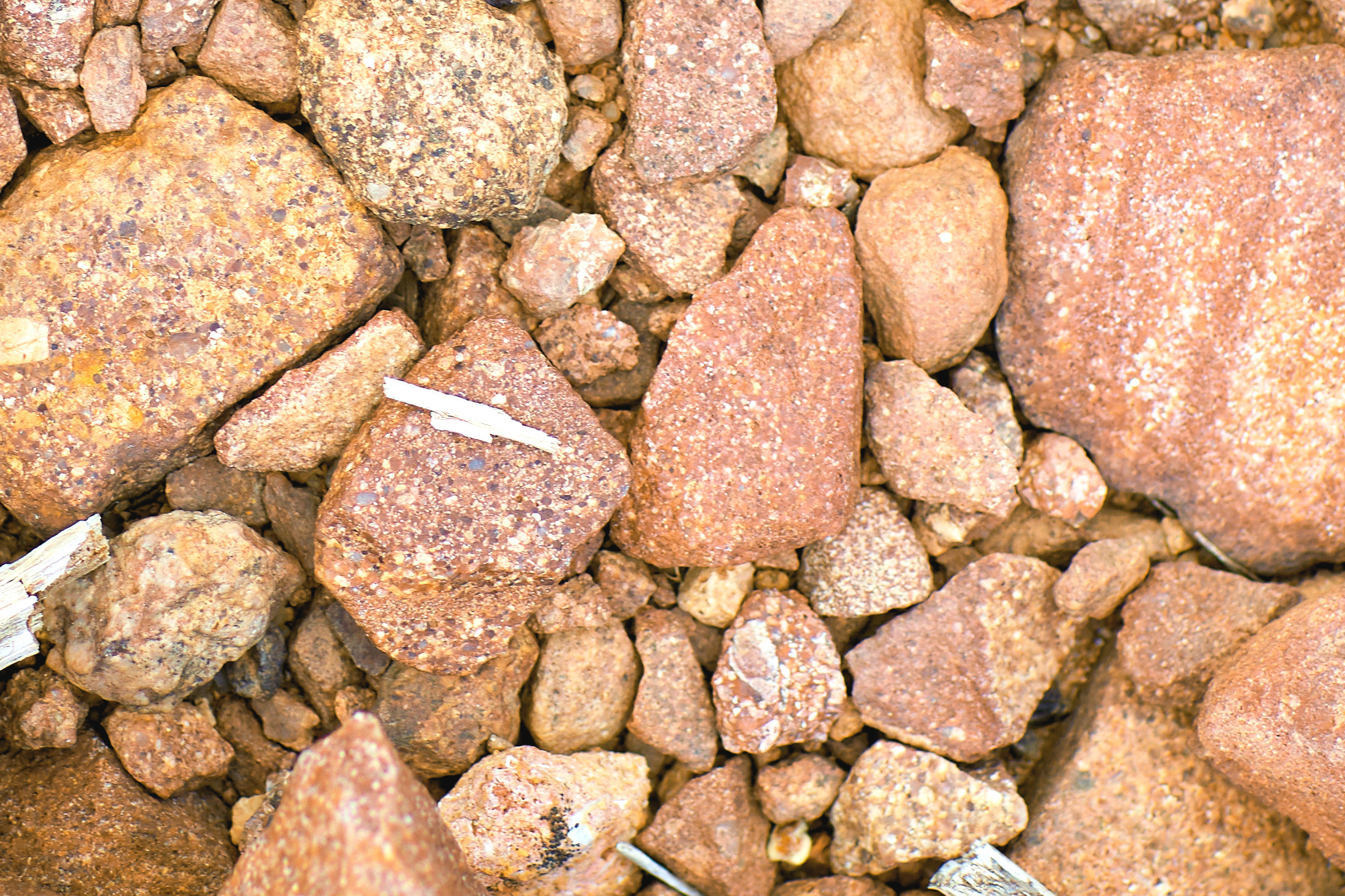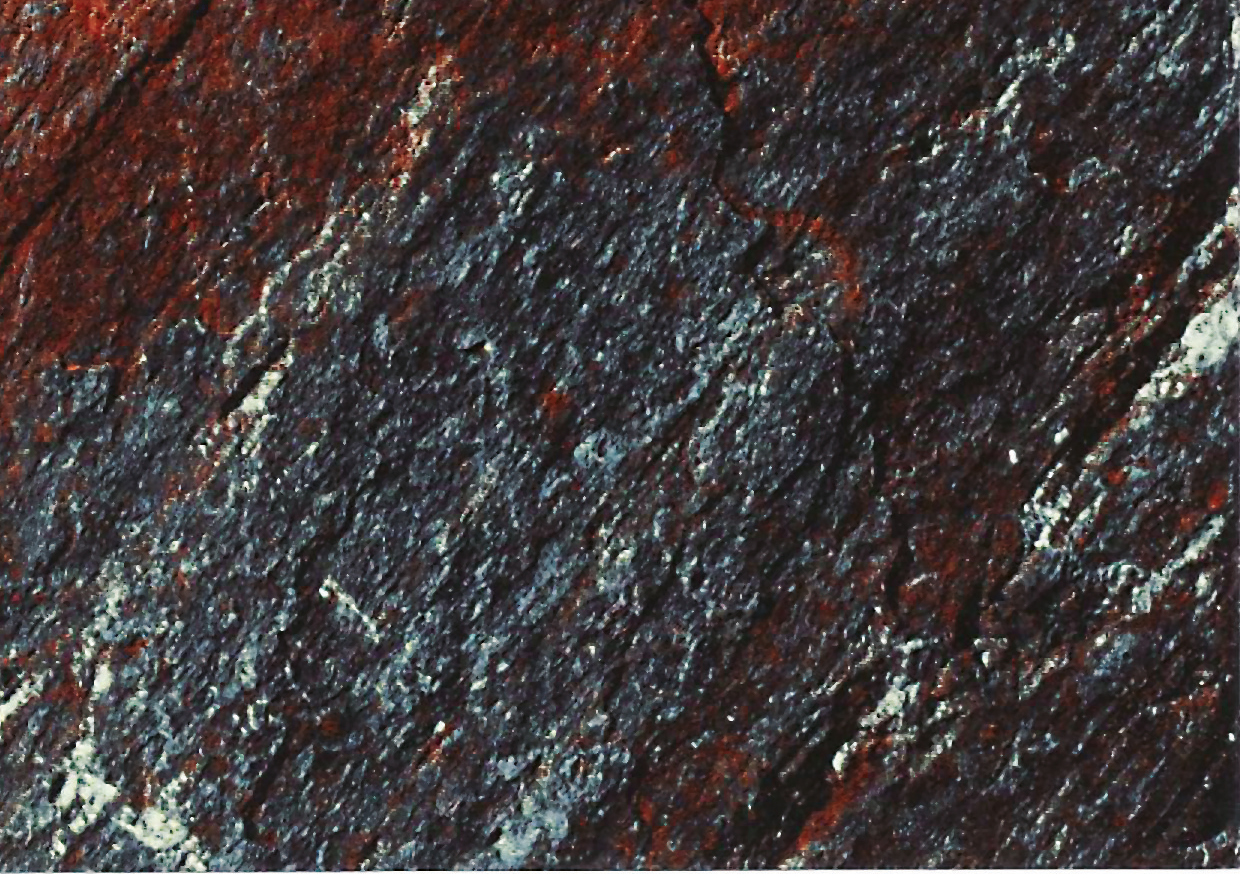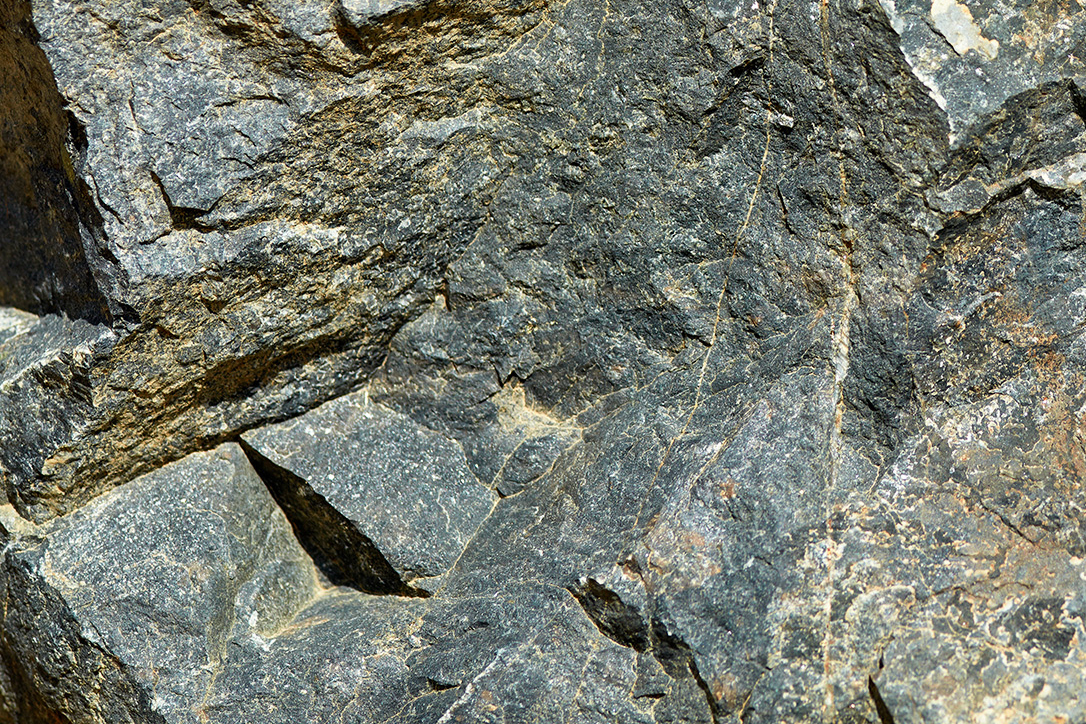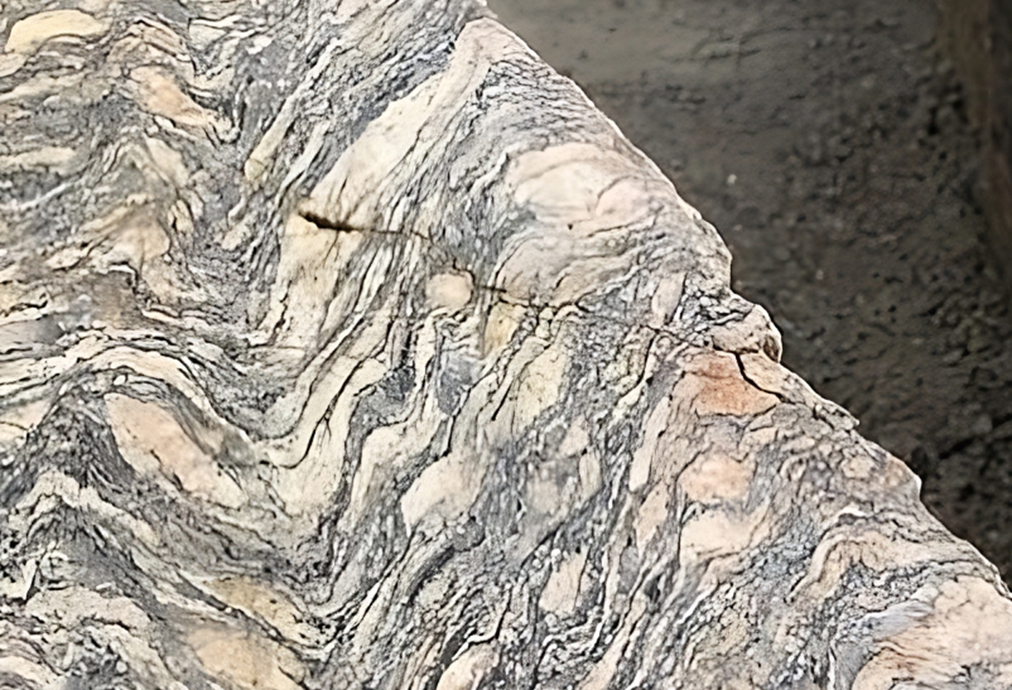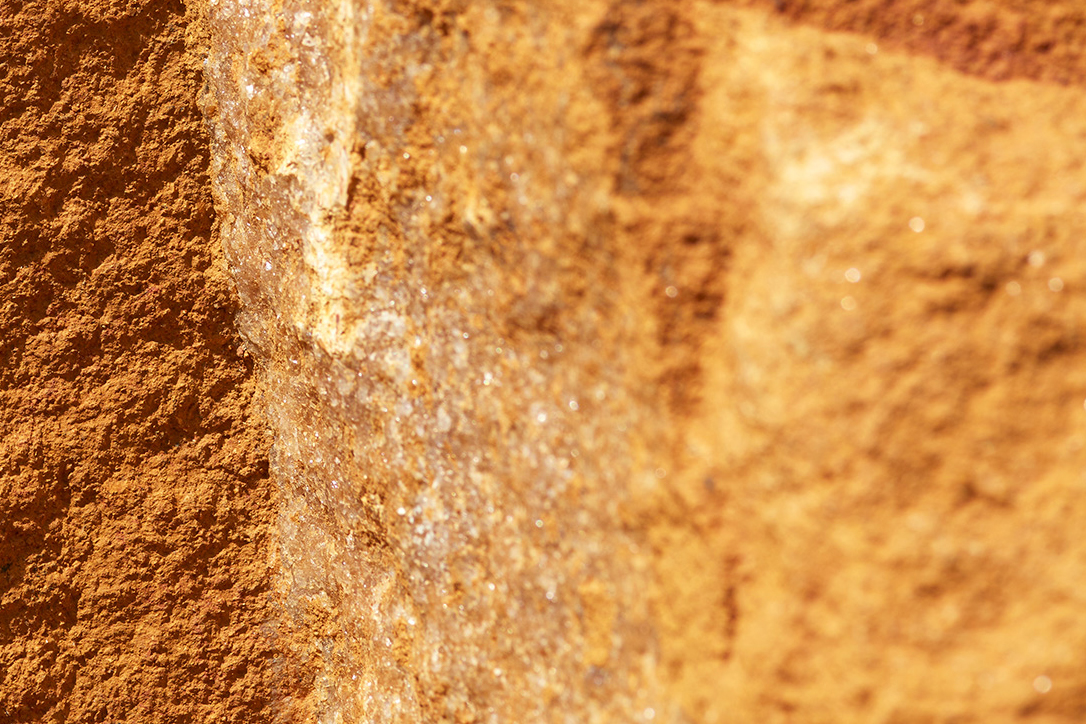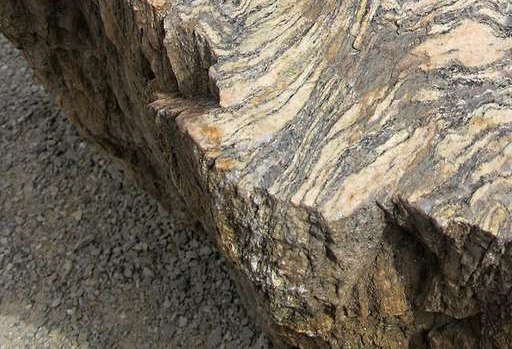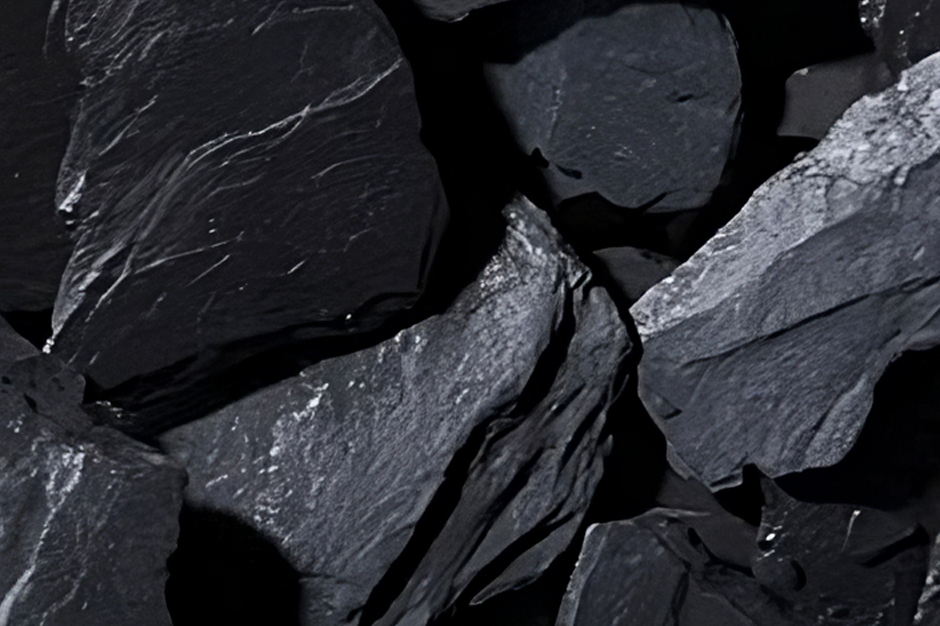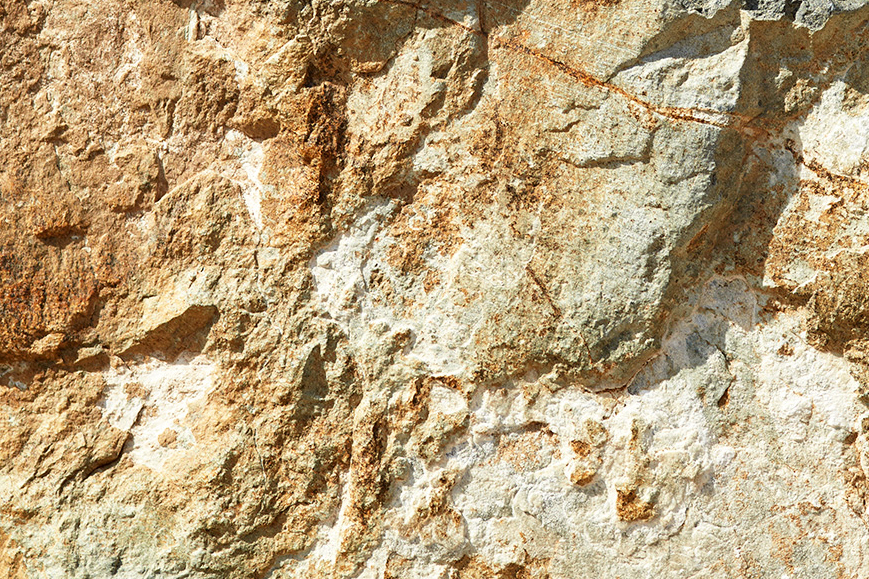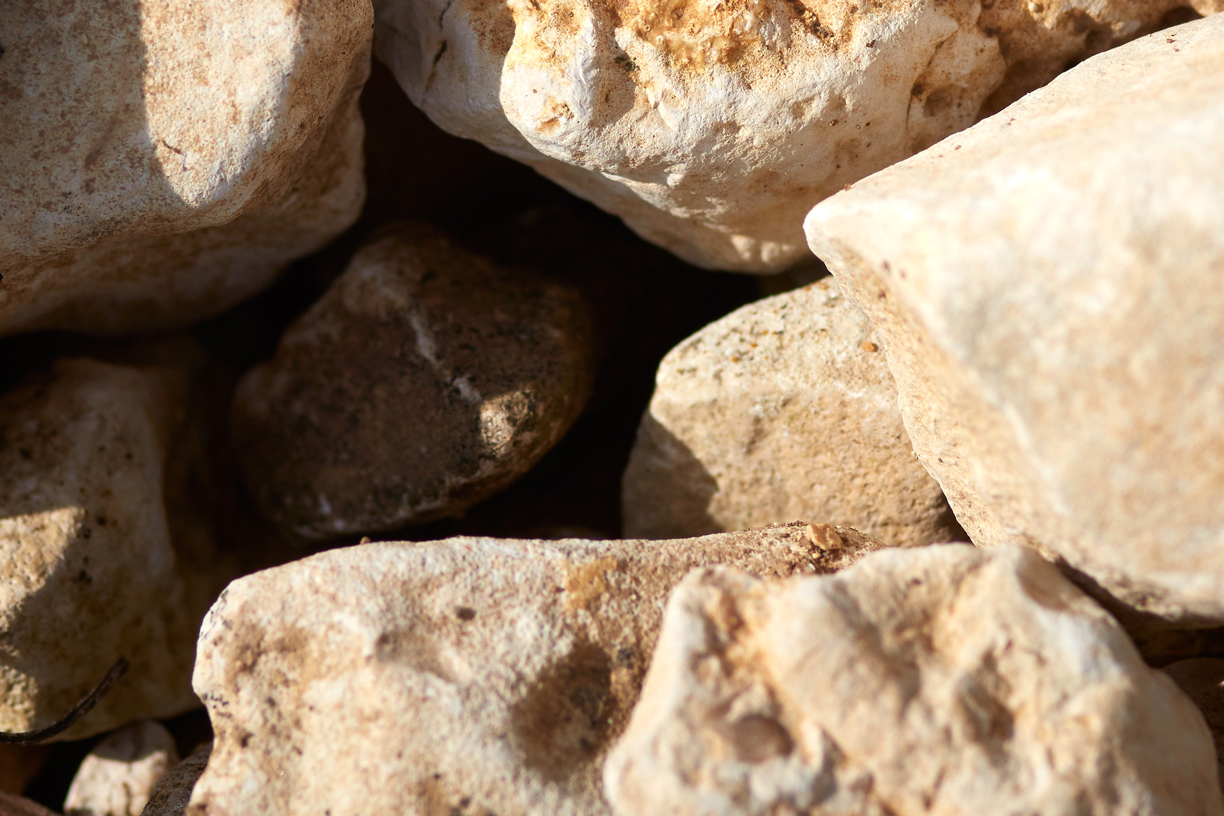
Spreads its countless hills over 55 kilometres from north to south.
Surface area of the vineyard: 13,150 ha* present in the 12 Beaujolais AOC, over 96 communes.
* sources: 2021 Interbeaujolais
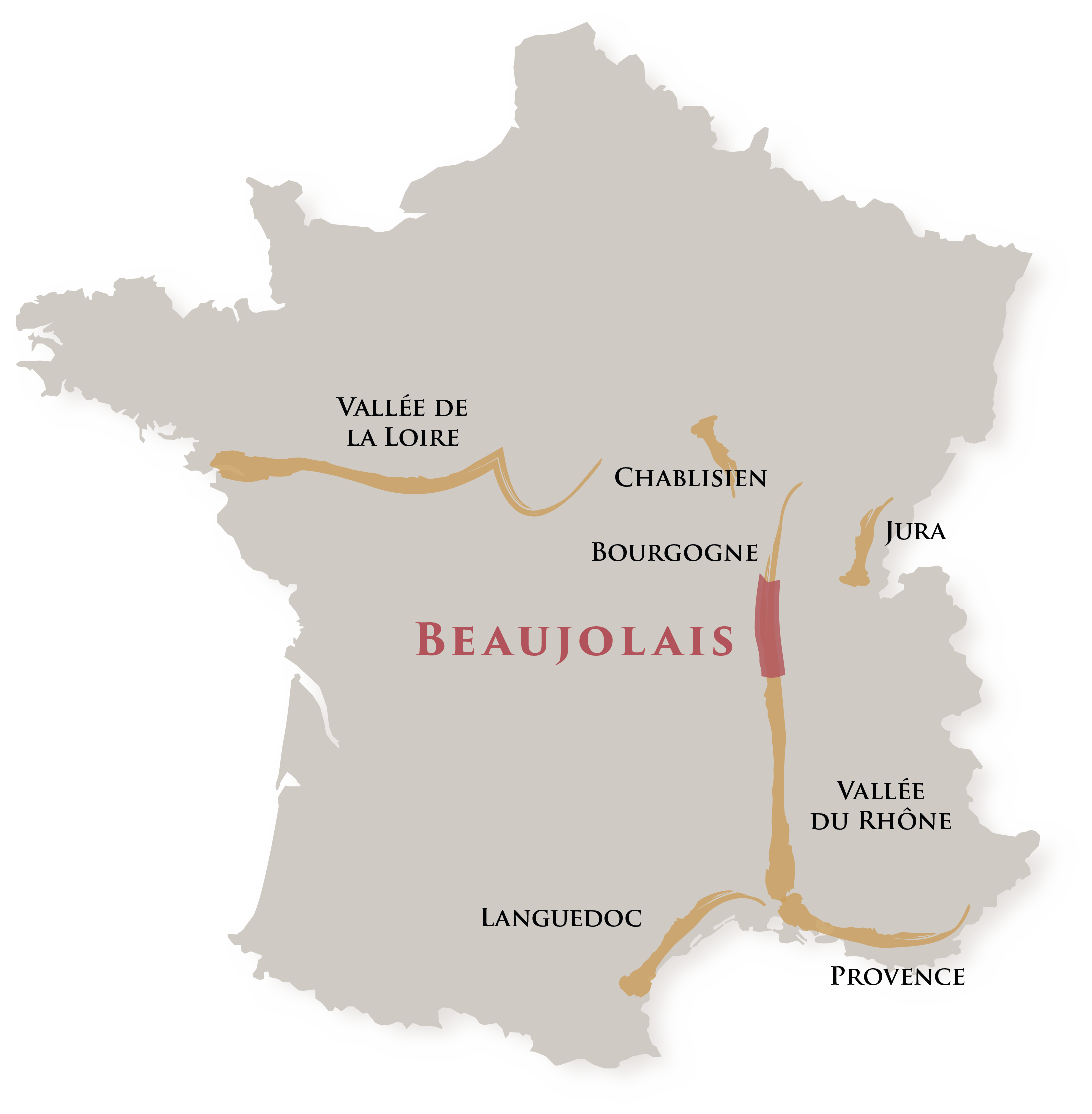
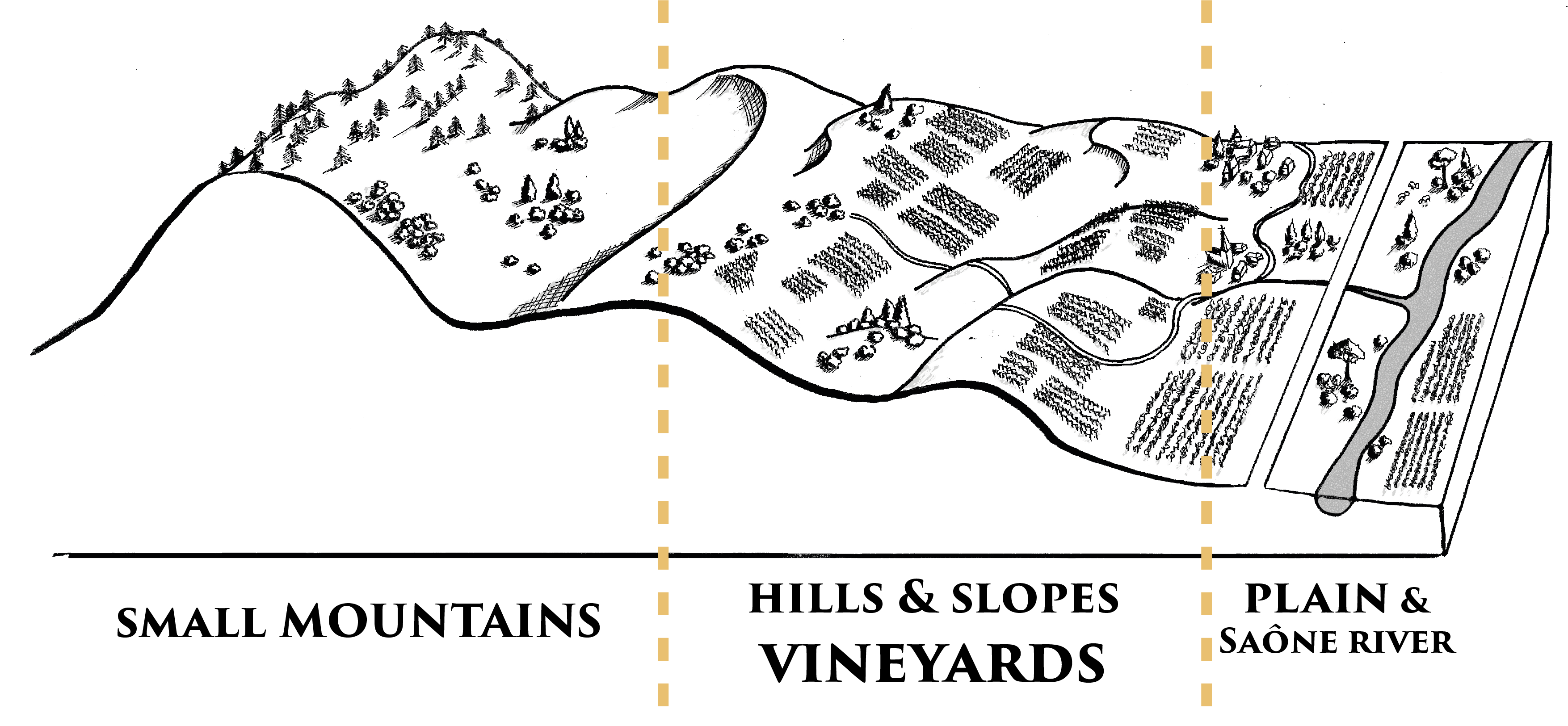
Consisting of mountains (with ridge lines between 600 m and 1,000 m), the most emblematic of which is the Brouilly hill.
Beaujolais, land of Gamay
With its great breadth, it produces tremendously elegant wines that can be consumed young, as well as cellar ageing wines. Resolutely modern, it allows the elaboration of supple, fruity wines that are low in alcohol content. The early-ripening variety produces wines with a beautiful red colour, often lively and bright, with aromas that are predominantly fruity (raspberry, wild strawberry, blackberry and black cherry) or occasionally peppery and floral.
This grape variety can be expressed in many different ways thanks to the diversity of the terroirs.
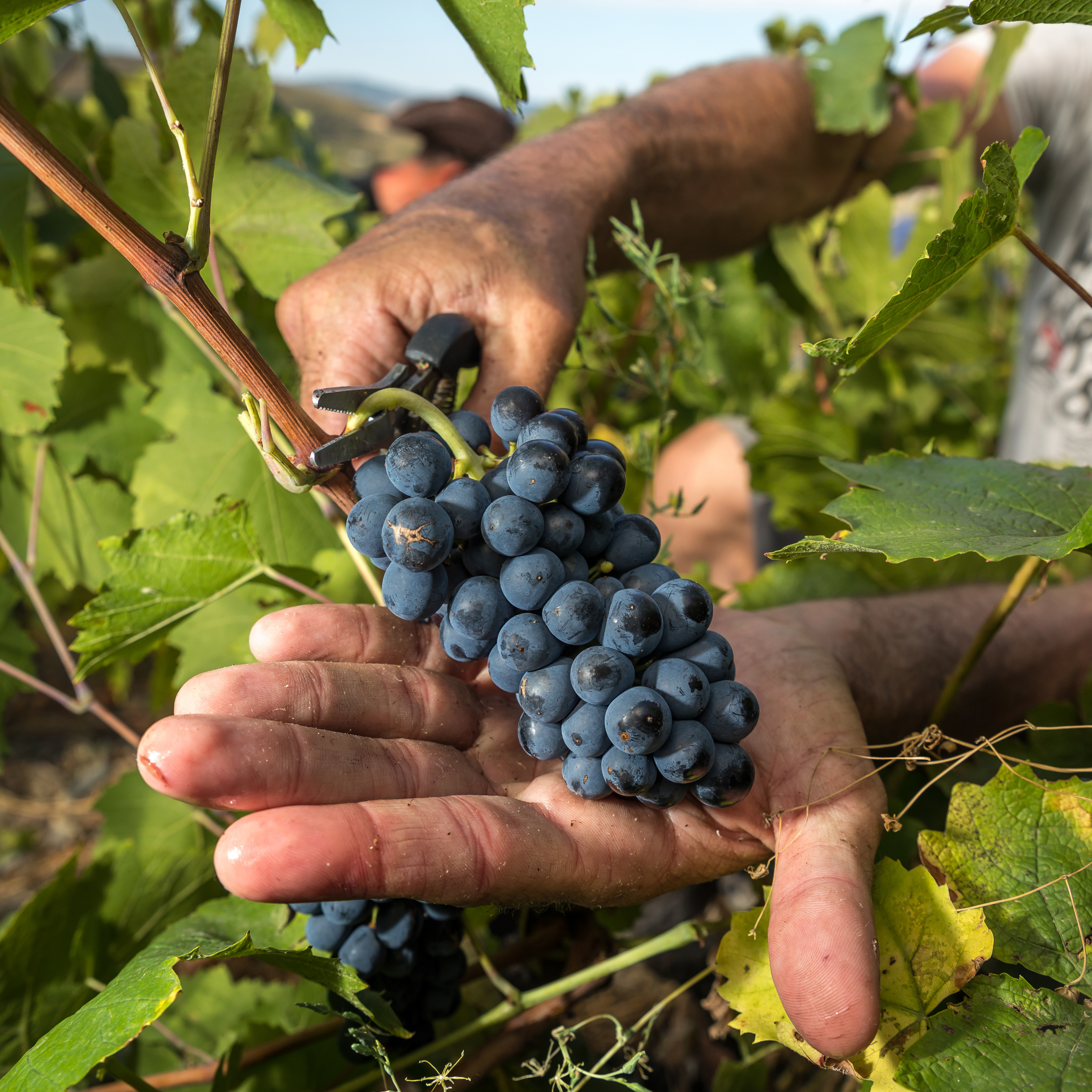
Beaujolais, diversity in its landscapes
...which unfold like paintings one after another.
A vineyard of hillsides offering a dense, mountainous nature in the north, and Tuscany-like vistas in the south where countless variants of light reflect off the golden stone bathed in sunlight.
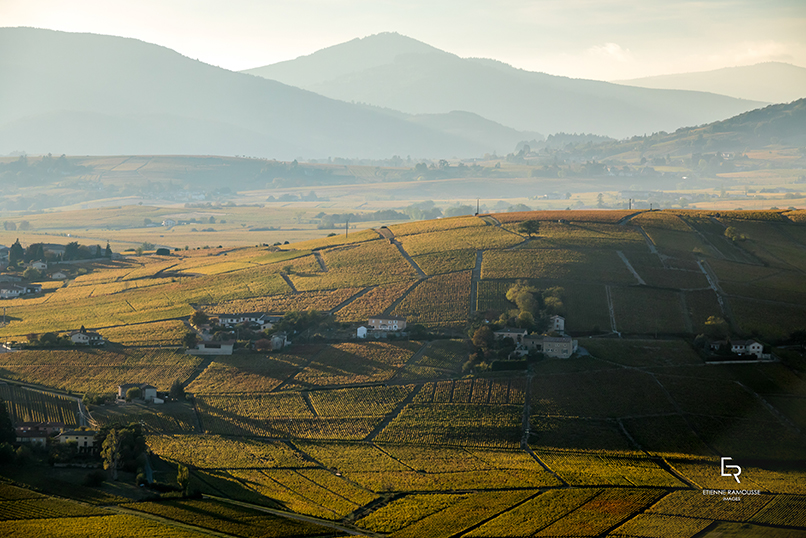
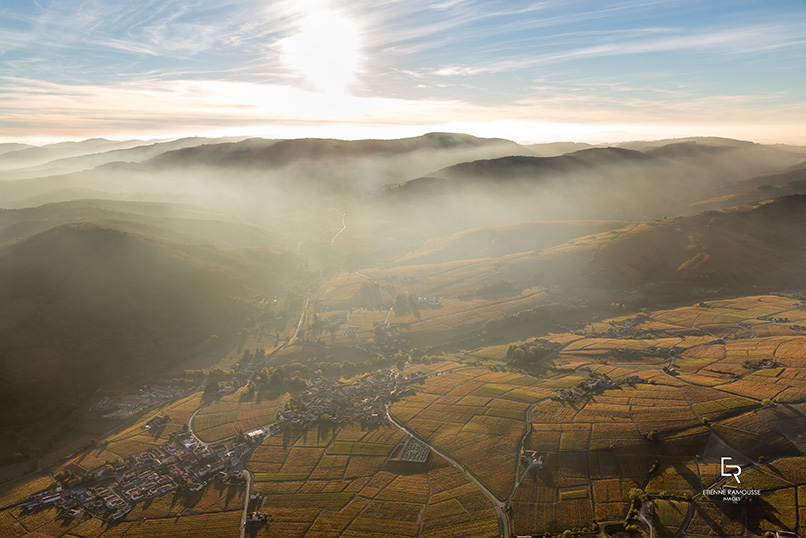
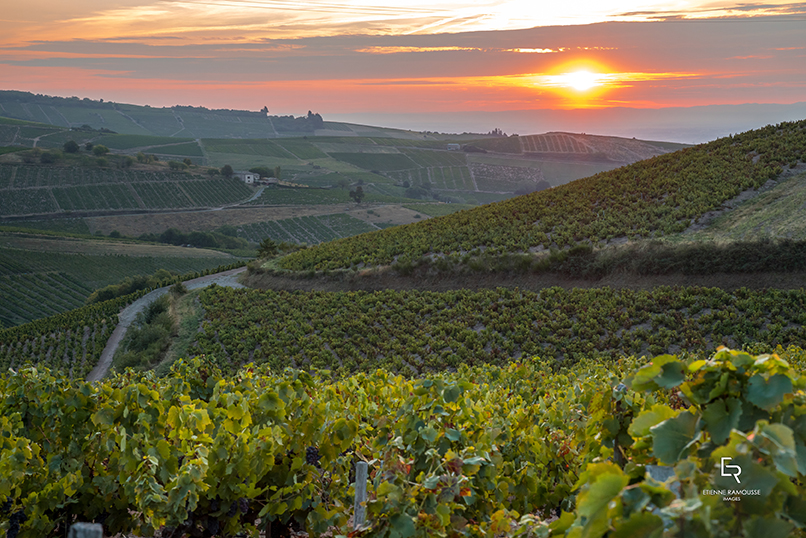
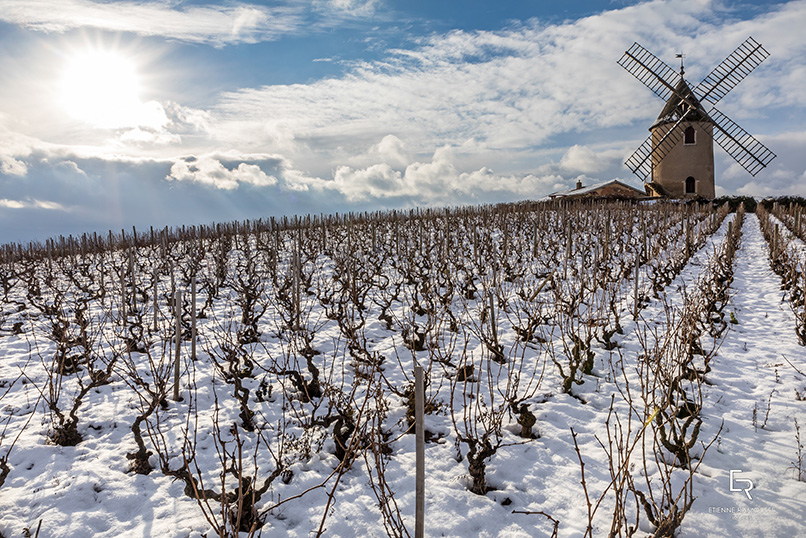
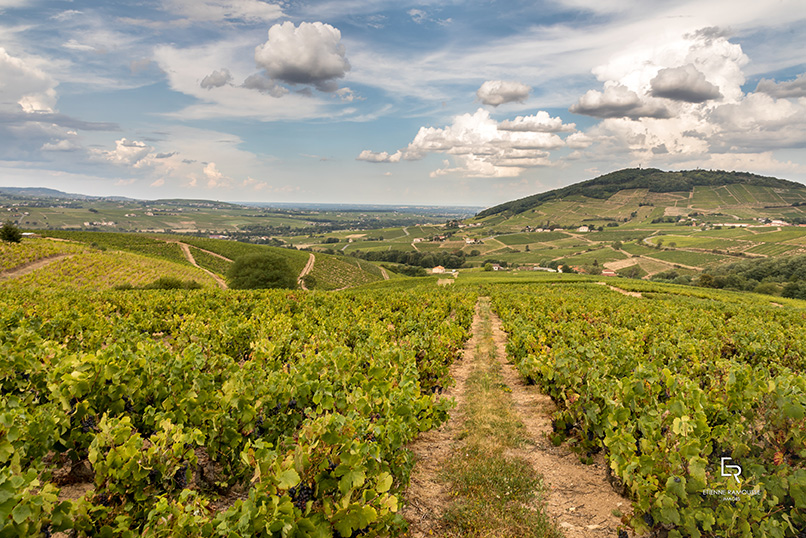
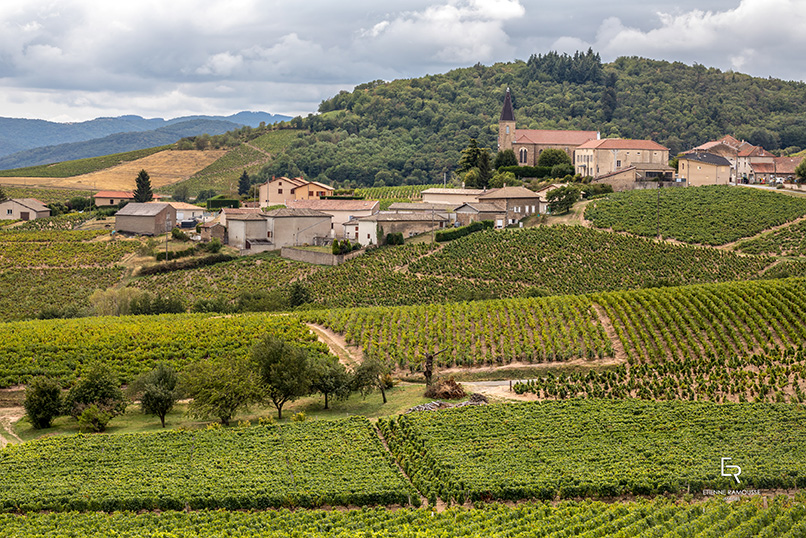
Beaujolais, the diversity of terroirs
The geology of the Beaujolais is complex as more than 300 varieties of rock make up this territory!
These have formed over a geological history of more than 500-million years, and in multiple environments: volcanic archipelago, mountainous massif, desert plain, coastal and marine environments, shallow sea, etc.
The richest and most complex geological heritage in France.
In the south of the vineyard, the soils consist of clay-limestone and offer round, fruity, opulent and smooth wines.
In the north, the soils can be granitic, sandy, and schistous and give complex, structured wines with good ageing potential.
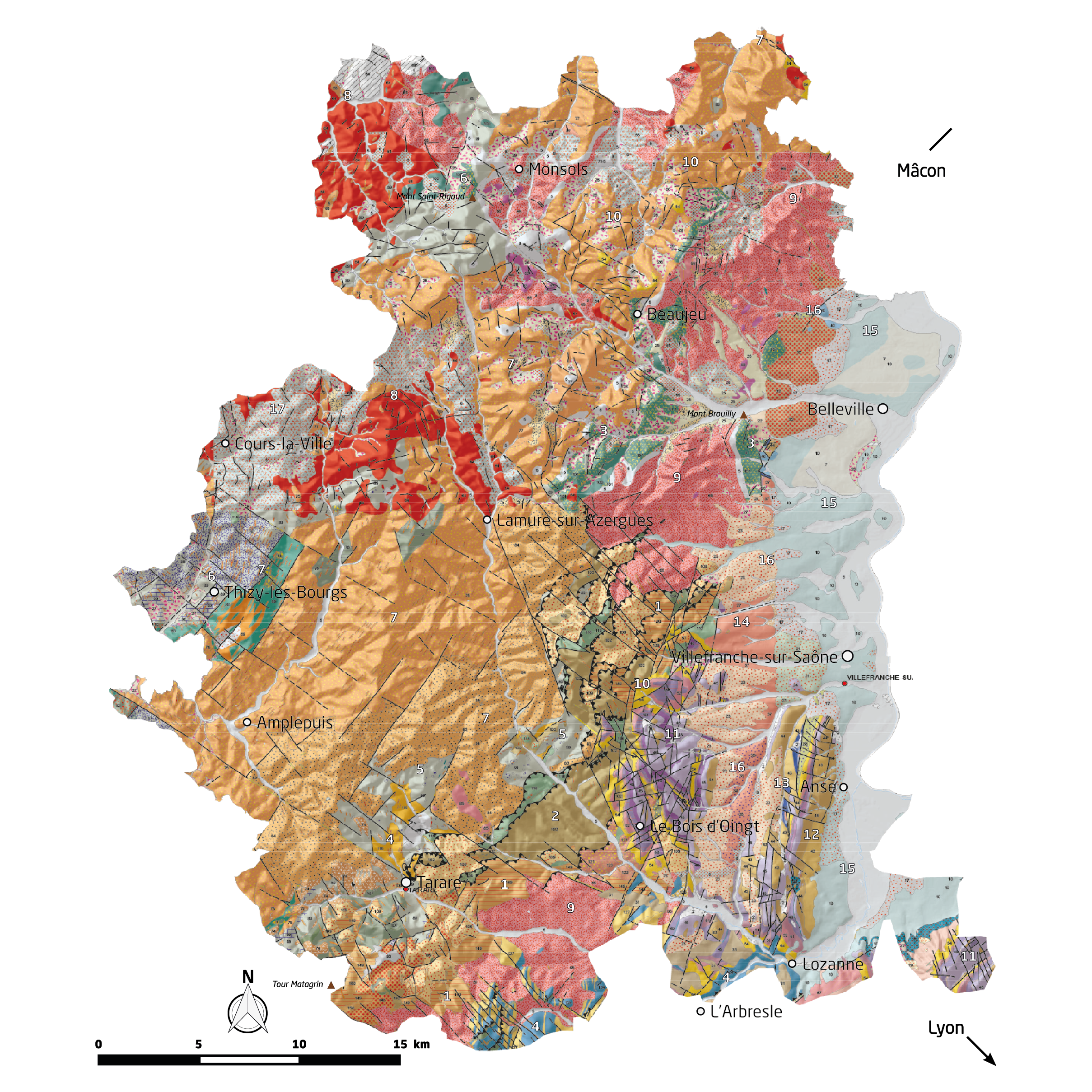 Simplify Card in 15 classes, from detailled soils. Edition 2017
Simplify Card in 15 classes, from detailled soils. Edition 2017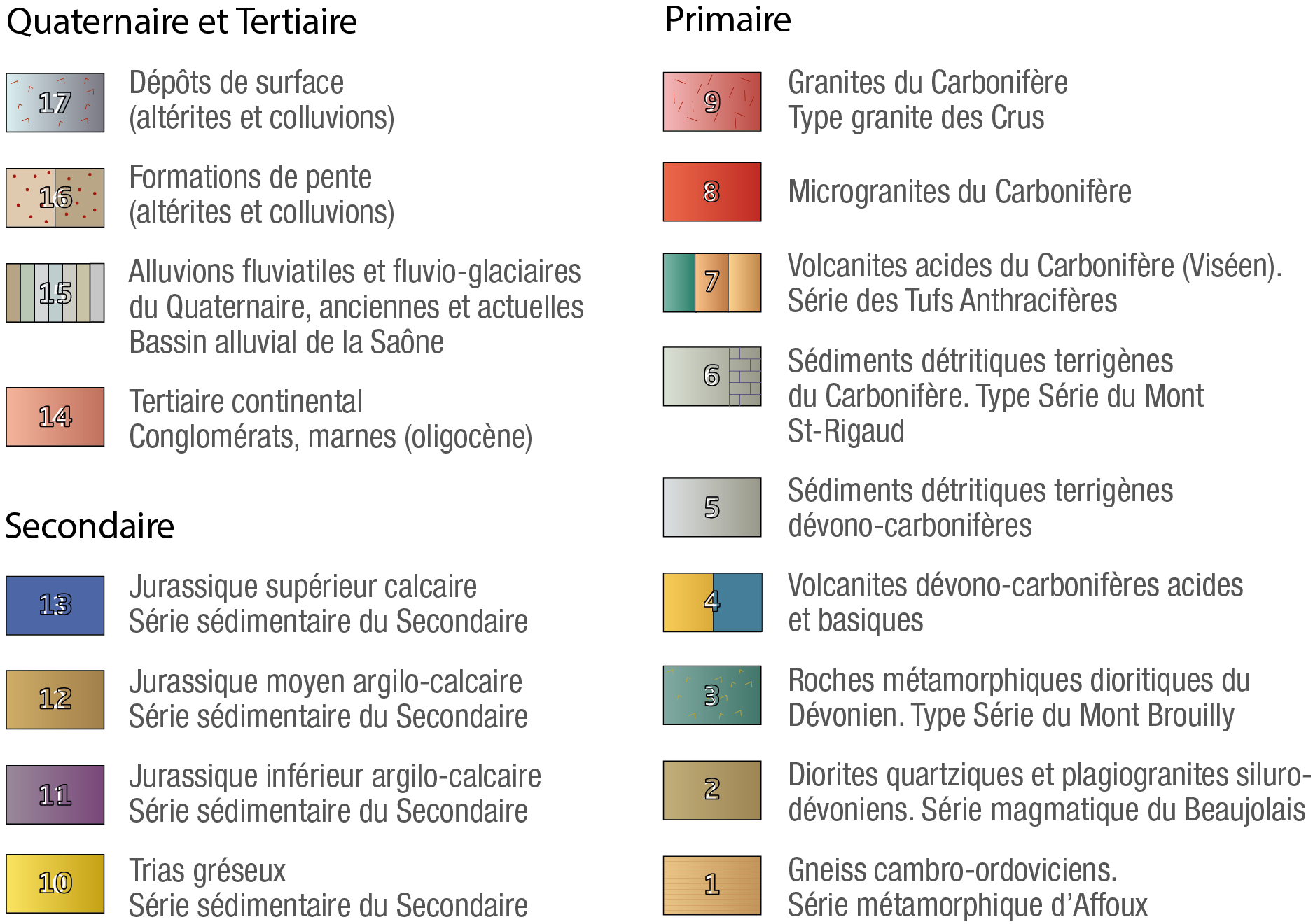
Sources : @IGN_2014 - Cadastre, update in 2020 (Direction Générale des Impôts)
All the expression of the Beaujolais soils
By choosing to focus on the soils, Maison J. Thorin returns to the very essence of this Beaujolais region to which it remains bound and explains the basics to help understand the unique role of the soils in the character of each wine.
J. Thorin has thus created wines that reflect this geological diversity and reveal the great organoleptic palette of Gamay.
Each appellation and its land are highlighted on the packaging witch combines distinction and elegance.



